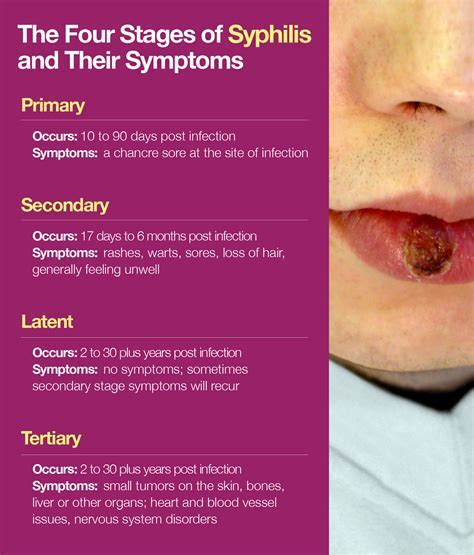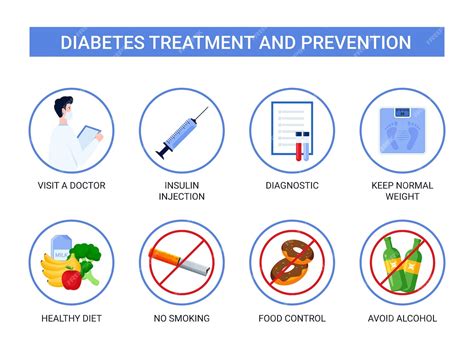Intro
Learn about Vibrio Vulnificus symptoms, causes, and treatment. Identify signs of infection, such as wound lesions, fever, and chills, to prevent severe illness and septicemia.
Vibrio vulnificus is a type of bacteria that can cause severe illness in humans, particularly in those with weakened immune systems or who have underlying health conditions. The bacteria are commonly found in warm, coastal waters and can be contracted through the consumption of contaminated seafood, exposure to contaminated water, or through open wounds. Understanding the symptoms of Vibrio vulnificus is crucial for early detection and treatment, which can significantly improve outcomes for those infected.
The importance of recognizing Vibrio vulnificus symptoms cannot be overstated, as prompt medical attention is essential for managing the infection. If left untreated, Vibrio vulnificus can lead to severe complications, including septicemia, which is a life-threatening condition. Furthermore, the bacteria can cause significant morbidity, resulting in prolonged hospital stays, costly medical bills, and a decreased quality of life. By educating oneself on the symptoms of Vibrio vulnificus, individuals can take proactive steps to prevent infection and seek medical attention promptly if symptoms arise.
Vibrio vulnificus infections are relatively rare, but they can have devastating consequences. According to the Centers for Disease Control and Prevention (CDC), Vibrio vulnificus infections are estimated to cause approximately 80,000 illnesses and 100 deaths in the United States each year. The majority of these cases are associated with the consumption of contaminated seafood, particularly raw or undercooked oysters. However, infections can also occur through exposure to contaminated water, such as through swimming or wading in areas with high bacterial concentrations. By understanding the symptoms of Vibrio vulnificus and taking steps to prevent infection, individuals can reduce their risk of illness and promote public health.
Vibrio Vulnificus Infection Symptoms

The symptoms of Vibrio vulnificus infection can vary depending on the mode of transmission and the individual's overall health. In general, symptoms can range from mild to severe and may include fever, chills, nausea, vomiting, diarrhea, abdominal pain, and skin lesions. In severe cases, Vibrio vulnificus can cause septicemia, which is characterized by symptoms such as confusion, disorientation, and decreased blood pressure. It is essential to seek medical attention immediately if any of these symptoms occur, as prompt treatment can significantly improve outcomes.
Primary Symptoms
The primary symptoms of Vibrio vulnificus infection typically develop within 24-48 hours of exposure and may include: * Fever: A high fever, often above 102°F (39°C), is a common symptom of Vibrio vulnificus infection. * Chills: Chills or rigors may accompany the fever, indicating the body's response to the infection. * Nausea and vomiting: Nausea and vomiting can occur, particularly if the infection is foodborne. * Diarrhea: Diarrhea, which may be bloody, can also occur, especially if the infection is foodborne. * Abdominal pain: Abdominal pain or cramping can occur, particularly in the lower abdomen.Secondary Symptoms

In addition to the primary symptoms, secondary symptoms may develop, particularly if the infection progresses to septicemia. These symptoms may include:
- Confusion: Confusion, disorientation, or altered mental status can occur, particularly in severe cases.
- Decreased blood pressure: Decreased blood pressure, also known as hypotension, can occur, leading to dizziness, lightheadedness, or fainting.
- Skin lesions: Skin lesions, such as blisters or ulcers, can occur, particularly if the infection is wound-associated.
- Swelling: Swelling, redness, or inflammation can occur around the affected area, such as the wound site or the abdomen.
Wound Infections
Wound infections with Vibrio vulnificus can occur when the bacteria enter the body through an open wound, such as a cut, scrape, or puncture wound. Symptoms of wound infections may include: * Redness: Redness, swelling, or inflammation around the wound site. * Pain: Pain, tenderness, or discomfort around the wound site. * Pus: Pus or discharge from the wound site. * Fever: Fever, chills, or rigors may accompany the wound infection.Treatment and Prevention

Treatment for Vibrio vulnificus infection typically involves antibiotics, such as doxycycline or ceftriaxone, and supportive care, such as fluid replacement and wound care. In severe cases, hospitalization may be necessary to manage complications and provide close monitoring. Prevention of Vibrio vulnificus infection involves avoiding exposure to contaminated seafood, water, or wounds. This can be achieved by:
- Avoiding raw or undercooked seafood, particularly oysters.
- Avoiding swimming or wading in areas with high bacterial concentrations.
- Wearing protective clothing, such as gloves, when handling seafood or wounds.
- Practicing good hygiene, such as washing hands frequently.
High-Risk Groups
Certain groups are at higher risk of developing severe Vibrio vulnificus infection, including: * Individuals with weakened immune systems, such as those with HIV/AIDS or undergoing chemotherapy. * Individuals with liver disease, such as cirrhosis or liver cancer. * Individuals with underlying health conditions, such as diabetes or heart disease.Conclusion and Next Steps

In conclusion, Vibrio vulnificus is a serious bacterial infection that can cause severe illness in humans. Understanding the symptoms of Vibrio vulnificus is crucial for early detection and treatment, which can significantly improve outcomes. By recognizing the primary and secondary symptoms, individuals can seek medical attention promptly and reduce their risk of complications. To learn more about Vibrio vulnificus and how to prevent infection, readers can explore reputable sources, such as the CDC or the World Health Organization (WHO). Additionally, individuals can take proactive steps to prevent infection by avoiding exposure to contaminated seafood, water, or wounds.
We invite readers to share their thoughts and experiences with Vibrio vulnificus in the comments section below. Have you or someone you know been affected by Vibrio vulnificus? What steps do you take to prevent infection? Share your story and help raise awareness about this important public health issue.
What are the primary symptoms of Vibrio vulnificus infection?
+The primary symptoms of Vibrio vulnificus infection typically develop within 24-48 hours of exposure and may include fever, chills, nausea, vomiting, diarrhea, abdominal pain, and skin lesions.
How can I prevent Vibrio vulnificus infection?
+Prevention of Vibrio vulnificus infection involves avoiding exposure to contaminated seafood, water, or wounds. This can be achieved by avoiding raw or undercooked seafood, avoiding swimming or wading in areas with high bacterial concentrations, wearing protective clothing, and practicing good hygiene.
Who is at higher risk of developing severe Vibrio vulnificus infection?
+Certain groups are at higher risk of developing severe Vibrio vulnificus infection, including individuals with weakened immune systems, liver disease, or underlying health conditions.
